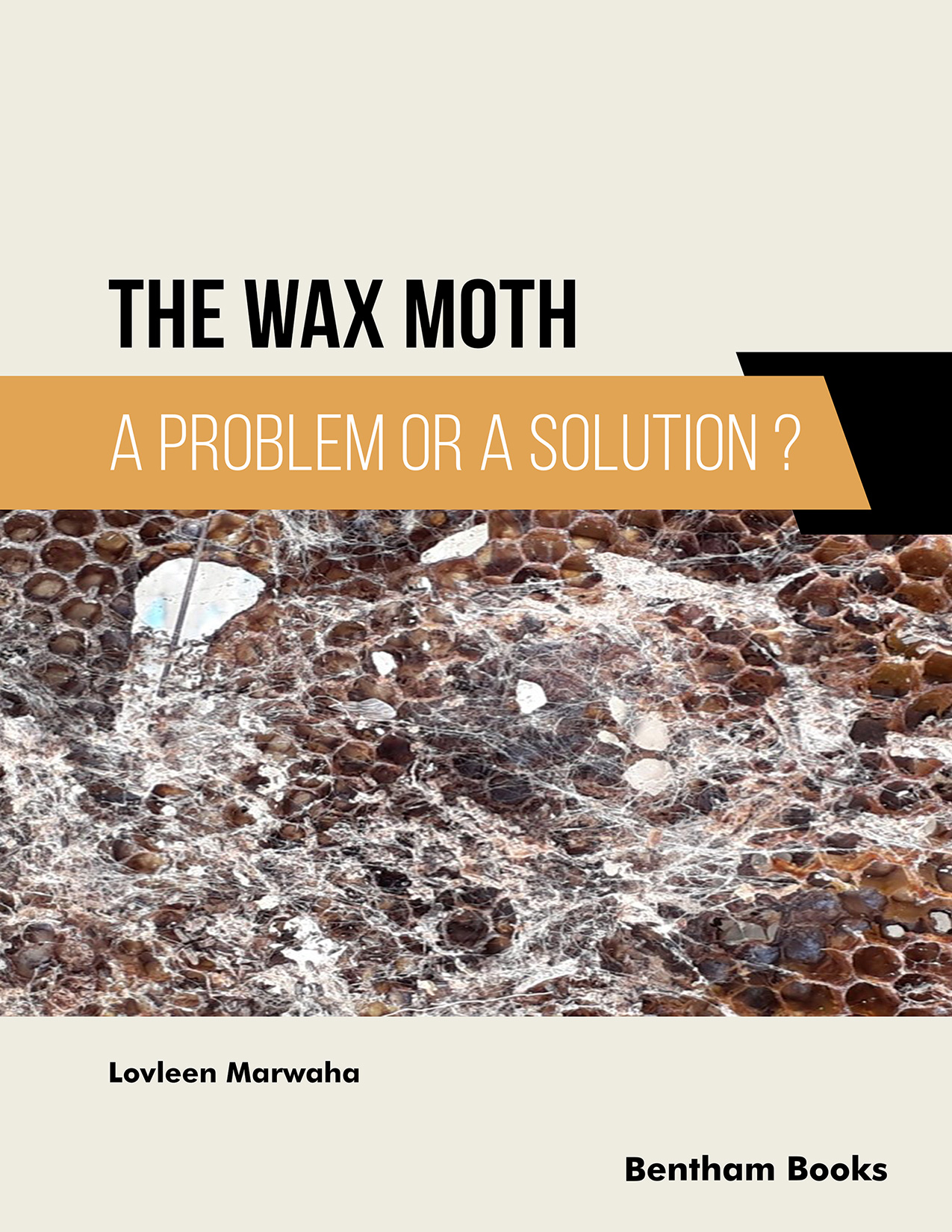Introduction
The Wax Moth: A Problem or a Solution? Covers the biology, development, morphometric characters, pheromones, mating and reproduction of the greater wax moth, which is a major pest in bee colonies. It also gives tips to beekeeping enthusiasts and professionals on how to manage wax moth infestations. Finally, it elucidates the involvement of wax moths in plastic degradation.
Key Features
· A complete overview of the basic biology of the greater wax moth.
·A quick guide on wax moth pest control.
· Tips for beekeepers to enhance colony growth for sustainable apiculture.
· Information for researchers on the wax moth’s involvement in plastic degradation.
· Simple text for readers of all levels
· References for additional reading
The Wax Moth: A Problem or a Solution? Is a comprehensive yet quick reference that is ideal for entomology and agriculture students, researchers, academicians and beekeepers (both professional and hobbyist).

